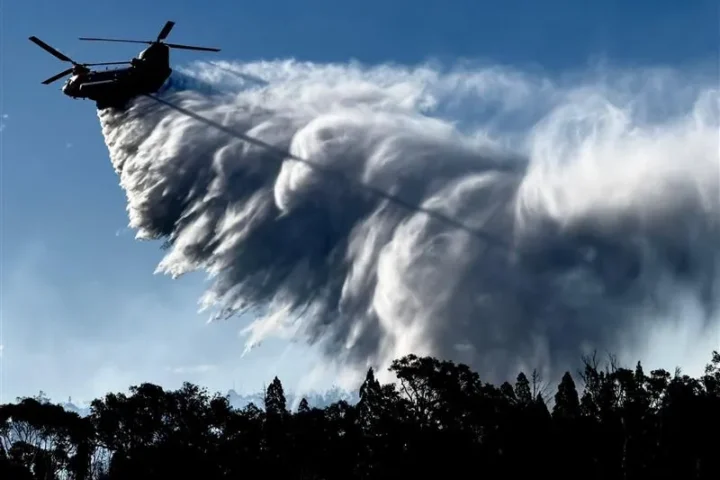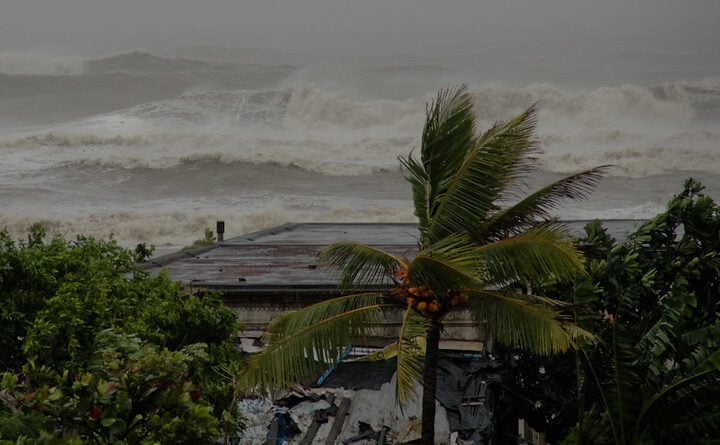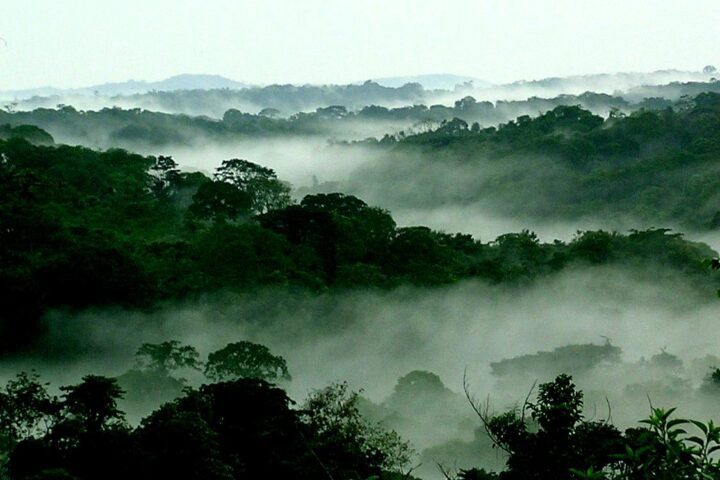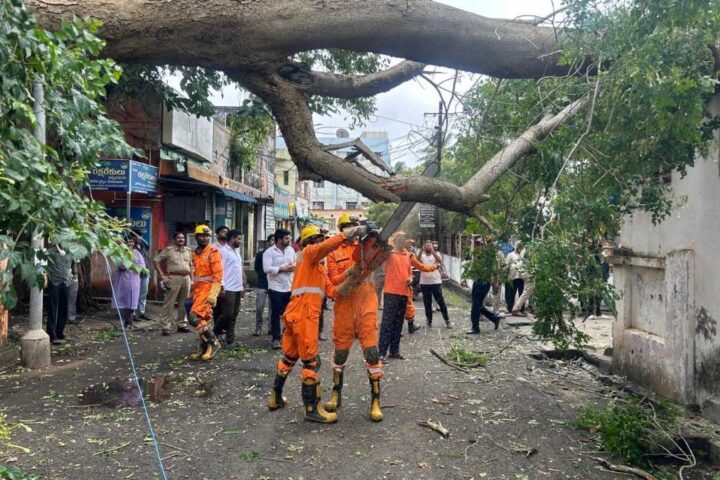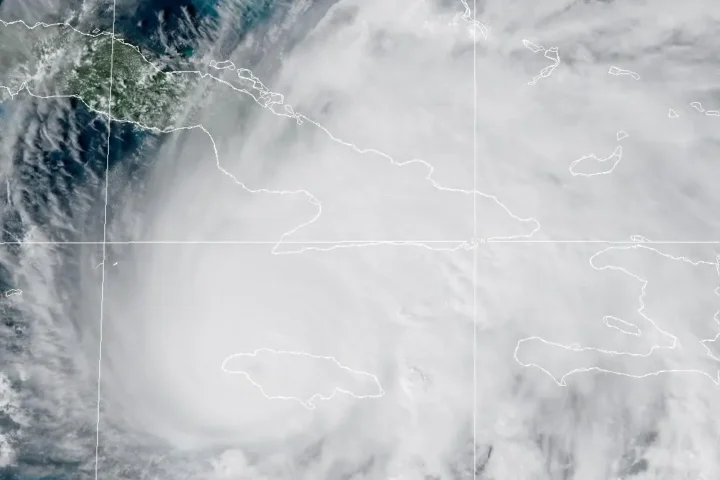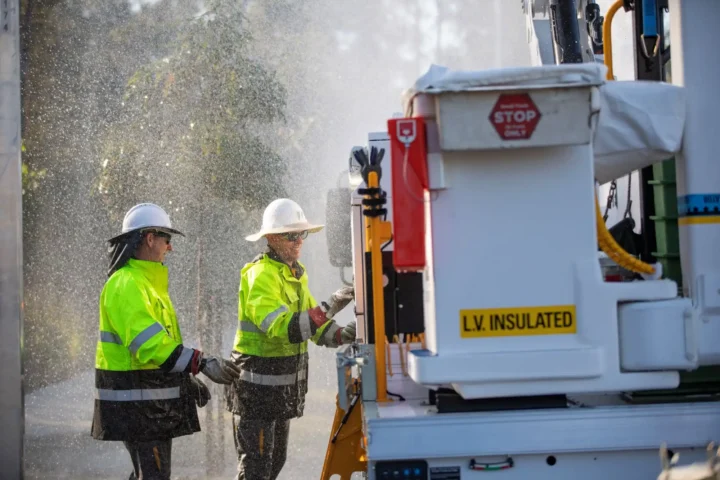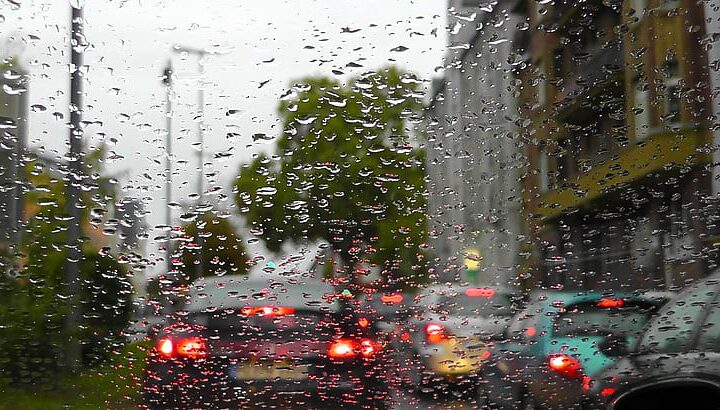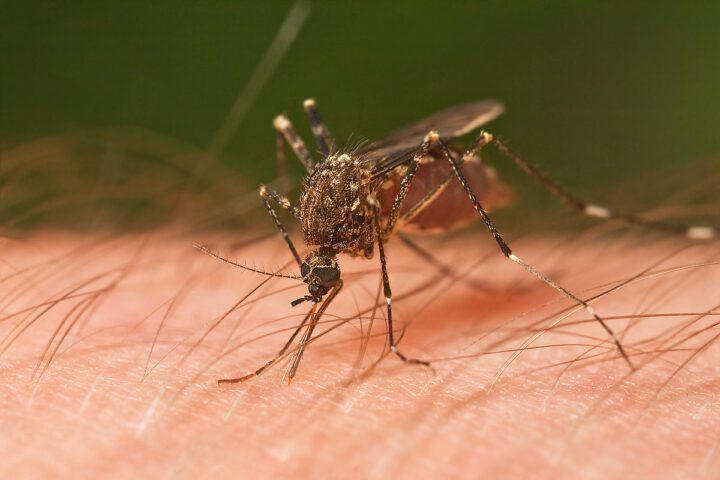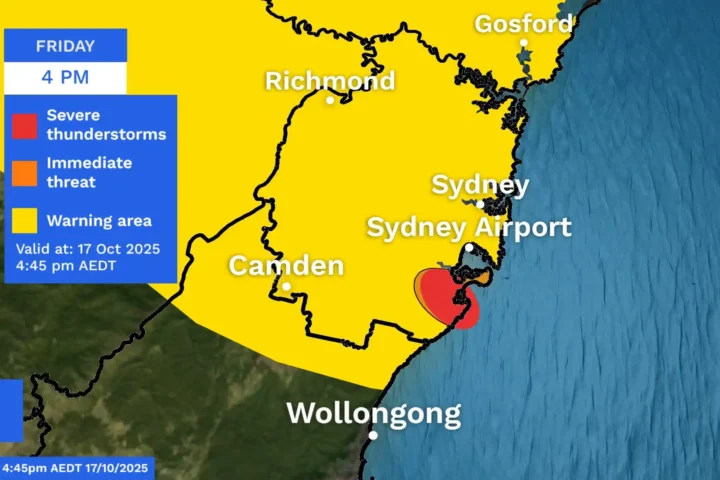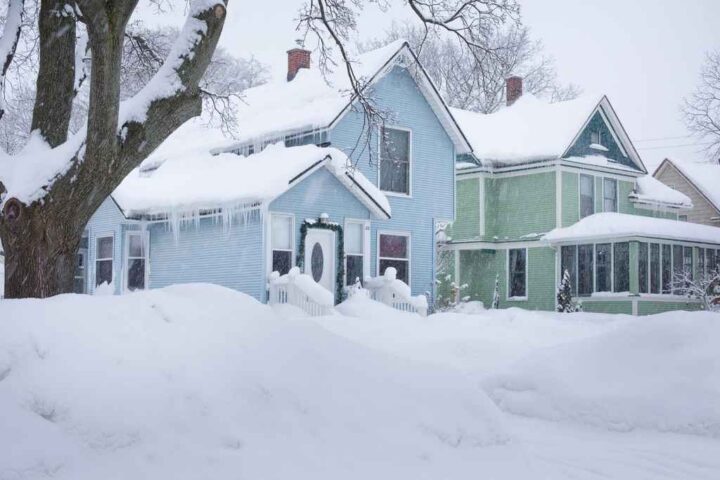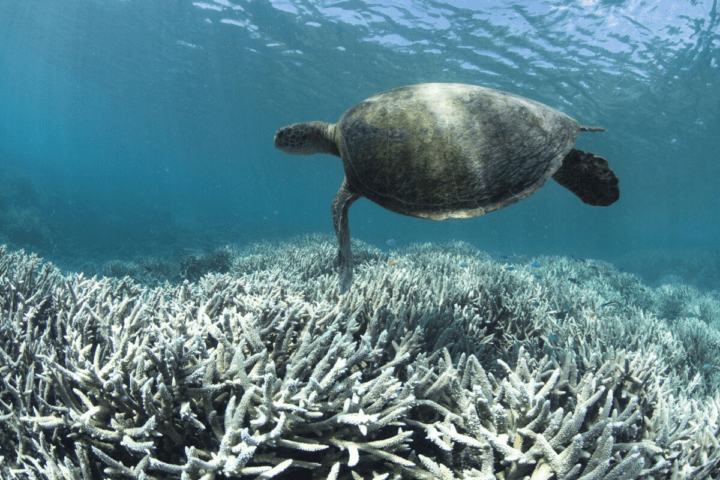The air across southern Europe hangs heavy with smoke this summer as wildfires torch hundreds of thousands of hectares. A combination of extreme heat, bone-dry vegetation, and strong winds has created what fire experts call a “perfect storm” – conditions that make fires easier to start and harder to control.
Météo-France reported record heat at multiple stations in southern France during August 2025, with extensive red and orange heat alerts issued across the country.
Why This Summer Is Different
The European Forest Fire Information System (EFFIS) reports over 409,220 hectares already burned across Europe in 2025. This represents more than double the area burned during the same period in 2024 (188,643 hectares), according to official EFFIS data.
Heat isn’t just intense – it’s widespread. Croatia’s coastal cities Šibenik and Dubrovnik have seen record temperatures of 39.5°C and 38.9°C respectively, as reported by multiple news sources citing the Croatian Meteorological and Hydrological Service (DHMZ). Meanwhile, temperatures have pushed above 30°C even in Nordic regions, while parts of Spain and Portugal have sweltered under 44°C heat.
What makes 2025’s fires particularly dangerous is the duration of these heat events. AEMET, Spain’s meteorological agency, emphasizes that while individual temperature peaks aren’t always record-breaking, the length and geographic extent of the heat is particularly concerning. As per AEMET, the hot spell continues.
The Science Behind the Flames
Three key factors have converged to create this season’s extreme fire behavior:
Climate change is warming Europe faster than other continents, according to the European Union’s Copernicus Climate Change Service. Heat domes – areas of high pressure that trap hot air – have parked over western and central Europe for extended periods this summer.
When this heat combines with weeks of drought, vegetation becomes dangerously dry. Moisture levels in Mediterranean forests and shrublands have dropped to critical thresholds where even the smallest spark can trigger a major fire.
Strong winds have acted as fire accelerators. In fires near Madrid in Spain, winds of up to 70 kilometers per hour (43 miles per hour) have been reported by multiple news sources, hampering firefighting efforts. Other areas have experienced similar challenging wind conditions.
Human Actions Matter
Approximately 96% of wildfires in the EU are caused by human actions, according to European Commission and JRC reports. Common causes include:
- Agricultural burns that escape control
- Discarded cigarettes and matches
- Sparks from equipment and vehicles
- Intentional arson
- Campfires left unattended
As cities expand into previously forested areas, the wildland-urban interface (WUI) grows larger. This puts more homes and infrastructure at risk when fires ignite.
Spain’s authorities have urged extreme caution during the current crisis as fires approach populated areas.
Response Across Borders
The scale of this summer’s fires has stretched resources across multiple countries:
Spain has mobilized significant firefighting resources, including military personnel from the Emergency Military Unit (UME) to support operations. Multiple regions have seen evacuations as flames approached communities.
In Turkey, authorities closed Çanakkale Airport and temporarily halted shipping through the strategic Dardanelles Strait on August 8, 2025, as smoke from nearby wildfires reduced visibility to unsafe levels.
The EU Civil Protection Mechanism has activated its rescEU fleet, which includes firefighting aircraft and specialized teams that can cross borders to assist the hardest-hit regions.
Italy has issued red heat alerts across numerous cities, with health ministry officials preparing for increased hospital admissions related to heat exposure and respiratory problems from smoke.
What You Can Do
Public health experts emphasize simple steps that can reduce both fire risk and health impacts:
Portuguese authorities have banned open fires and fireworks due to extreme drought conditions. Prevention experts stress that even a small spark can grow to a major fire within minutes under current conditions.
For those in fire-prone areas:
- Clear at least 1-2 meters around buildings of dry debris
- Clean gutters and screen vents to block flying embers
- Plan two evacuation routes and keep emergency supplies ready
If smoke affects your area, health officials recommend:
- Check air quality via national services or the Copernicus Atmosphere Monitoring Service
- Stay indoors with windows closed when PM2.5 levels are high
- Use proper masks if you must go outside during poor air quality periods
Travelers should bookmark local civil protection websites, maintain flexible itineraries in high-risk areas, and heed all evacuation warnings without delay.
Climate Pattern Shift
The frequency of these extreme fire seasons appears to be increasing. According to a World Meteorological Organization spokesperson, “more than two-thirds of severe heatwaves since 1950 occurred after 2000.”
Epidemiologists from the London School of Hygiene & Tropical Medicine have emphasized that as heatwaves become more frequent, effective public health measures become even more crucial to reduce excess mortality.
After fires pass through an area, risks remain. Burn scars can create dangerous flash flood conditions during autumn rains, as the charred soil repels rather than absorbs water.
Europe’s Fire Season in Numbers
The scale of the 2025 fire season stands out in several ways:
- Over 409,220 hectares burned year-to-date (EFFIS)
- Temperature records broken in multiple countries
- Red heat alerts across numerous cities, particularly in France and Italy
- Strong winds contributing to rapid fire spread in Spain and other regions
- Military and emergency resources mobilized across affected countries
The World Meteorological Organization has highlighted the compounding dangers when wildfires and poor air quality coincide with extreme heat spells, creating multiple health threats simultaneously.
Careful Steps Ahead
The current European fire season demonstrates how extreme heat, drought conditions, and strong winds combine to create dangerous fire environments. National meteorological services continue to issue alerts across southern Europe, with no significant rainfall forecast for many affected regions in the immediate future.
Fire prevention experts emphasize that while we cannot control heat domes and weather patterns, human actions can significantly reduce ignition risks and home vulnerabilities.
The combination of heat, drought, and wind has created challenging conditions across Europe this summer. Officials continue monitoring fire danger levels while emergency responders work to protect communities in multiple countries.




